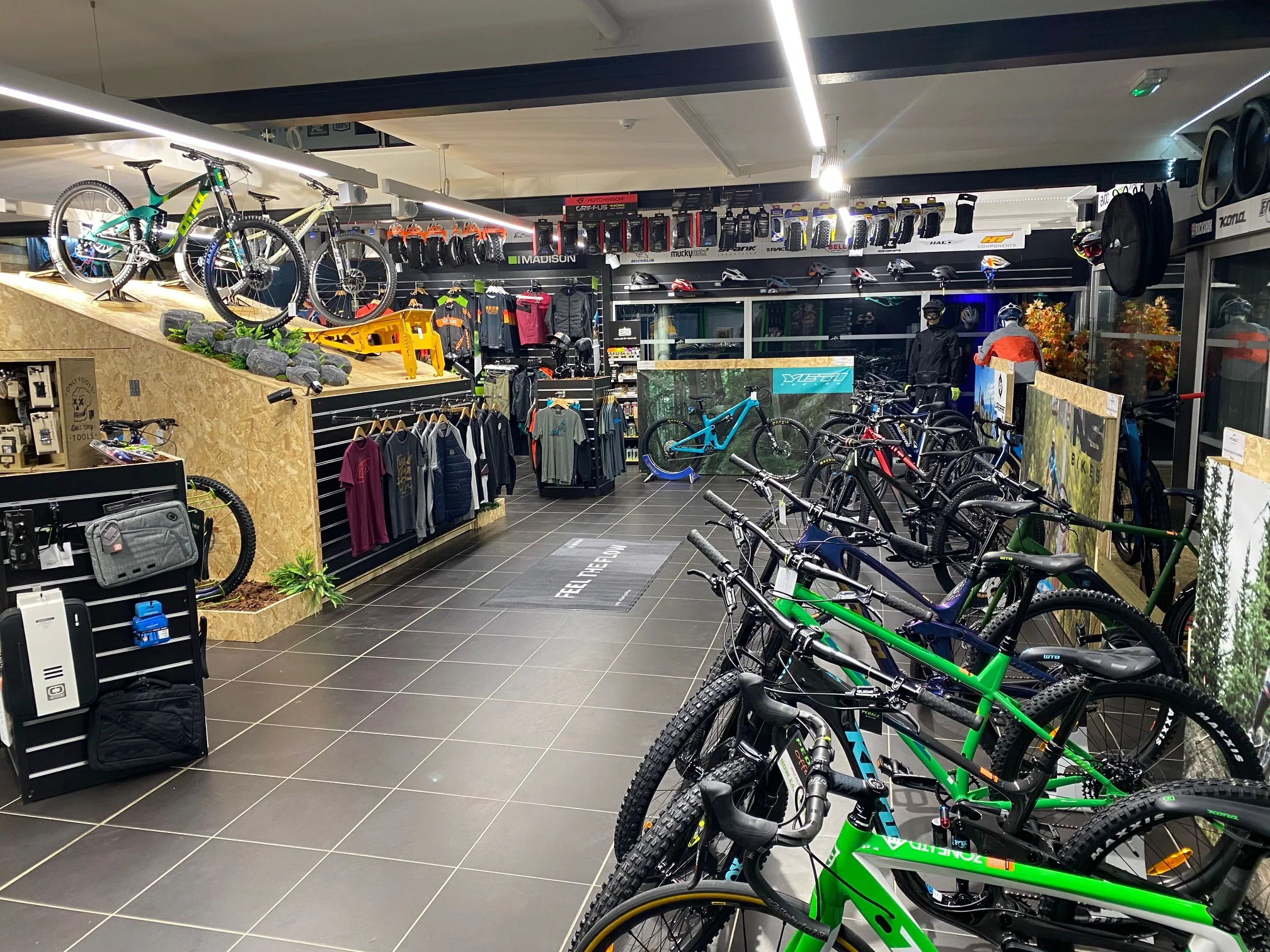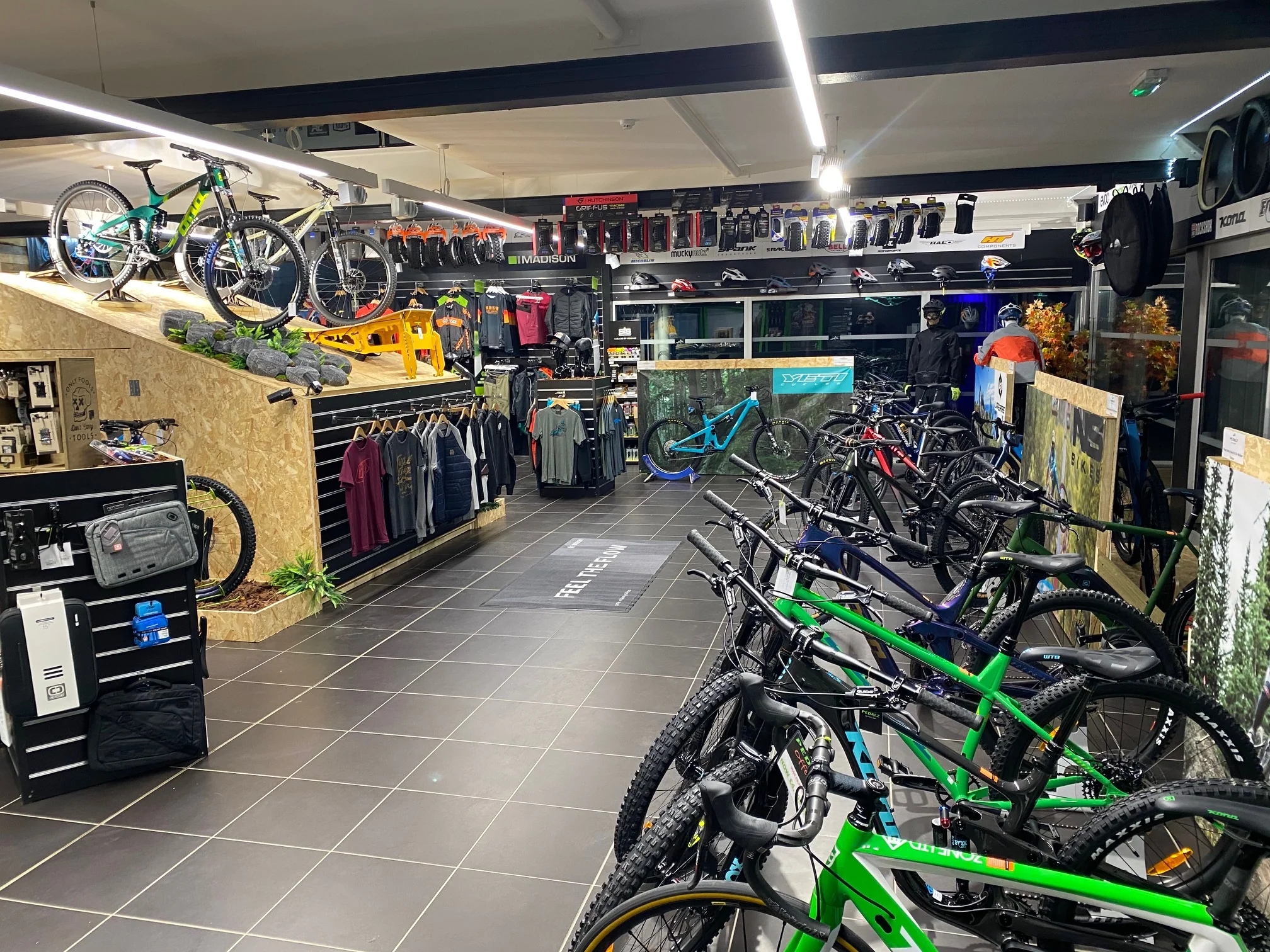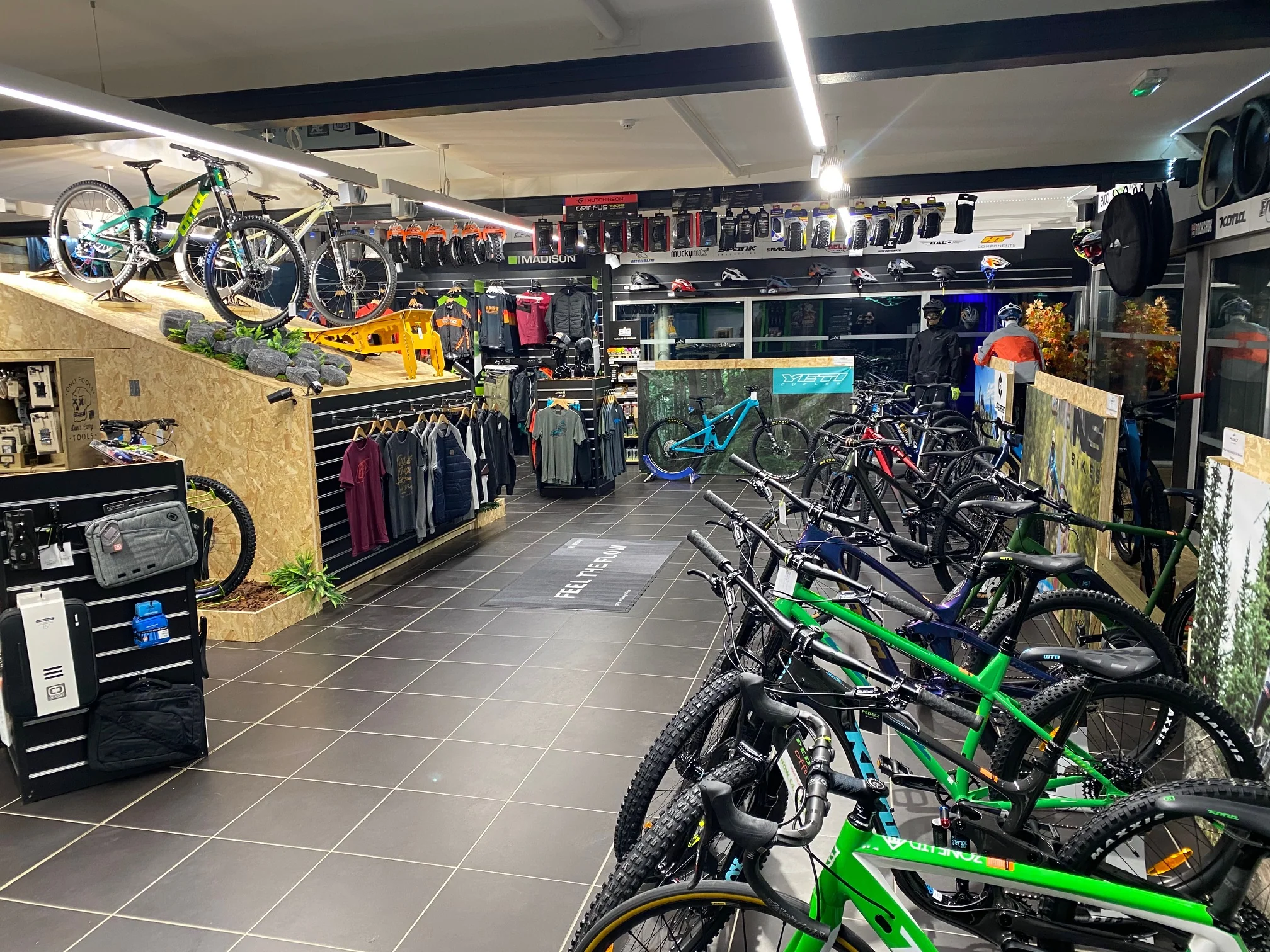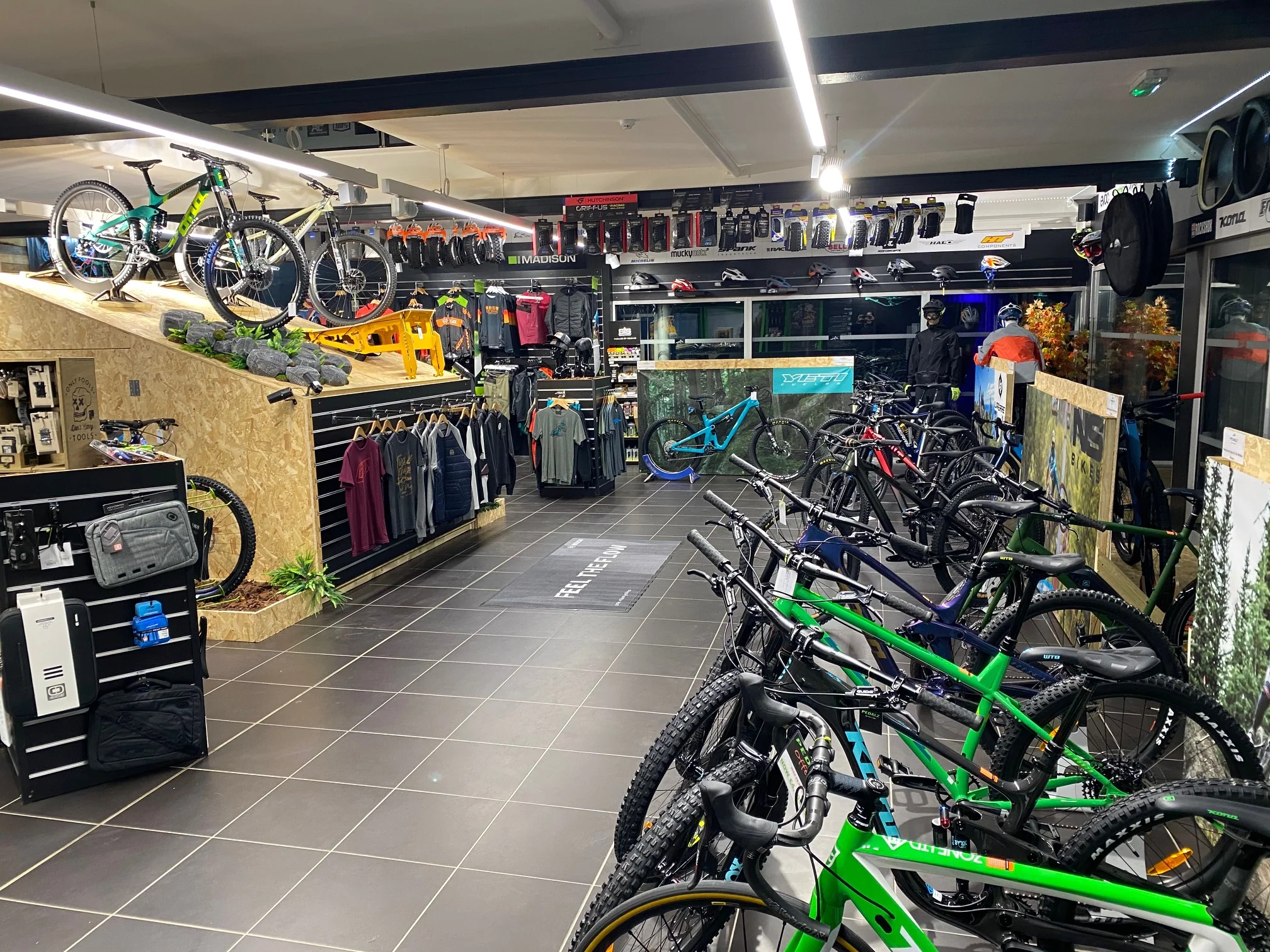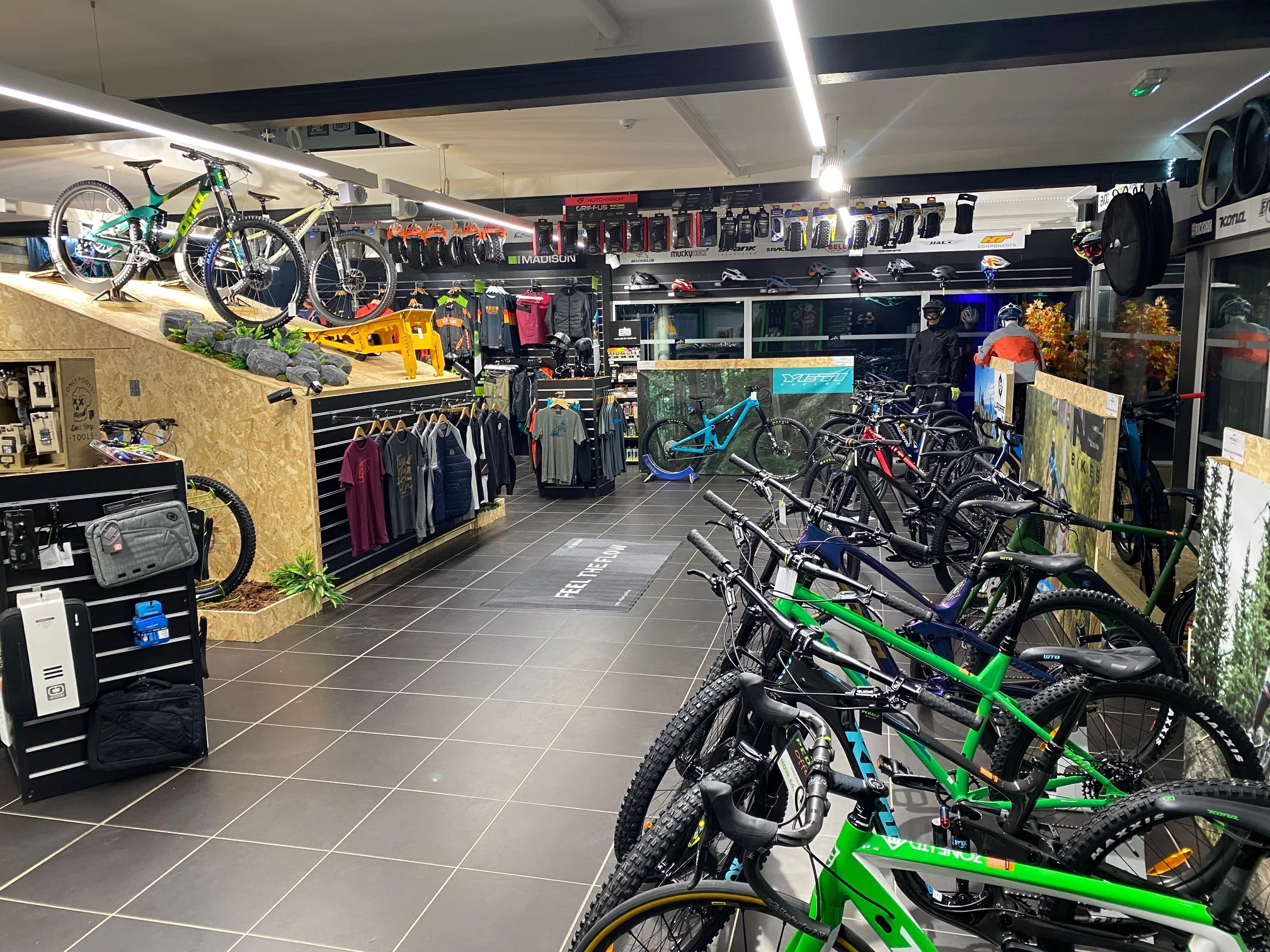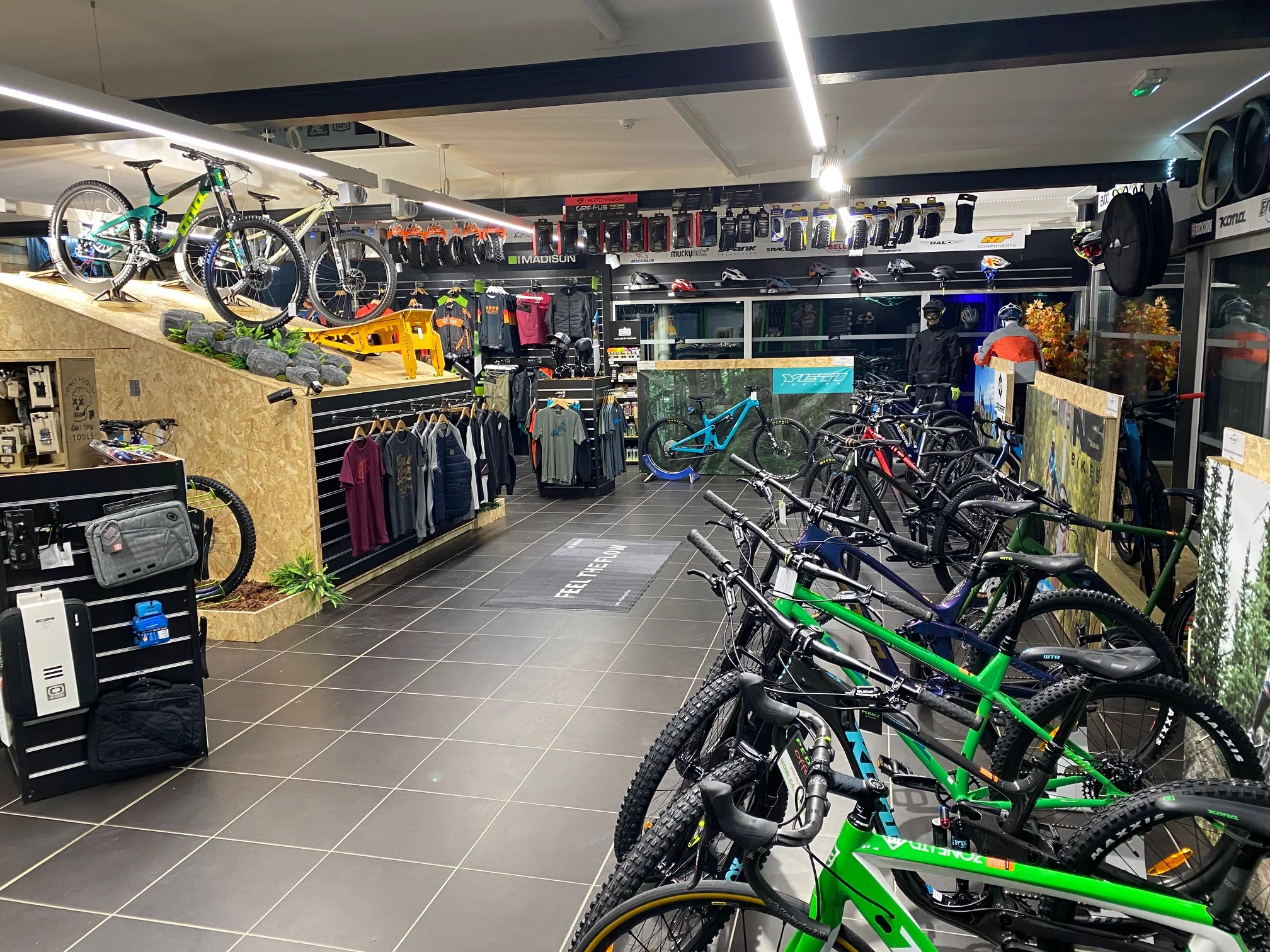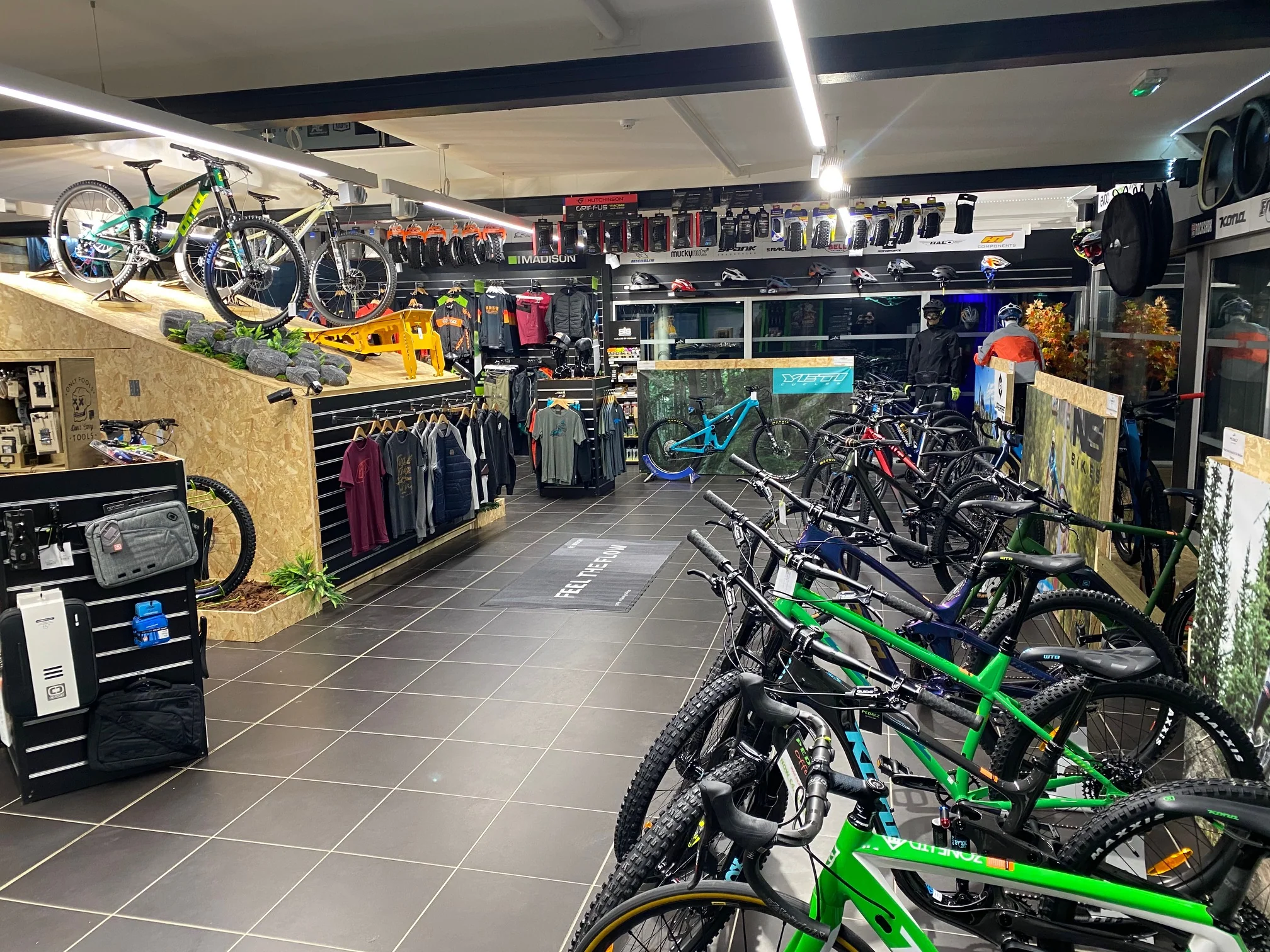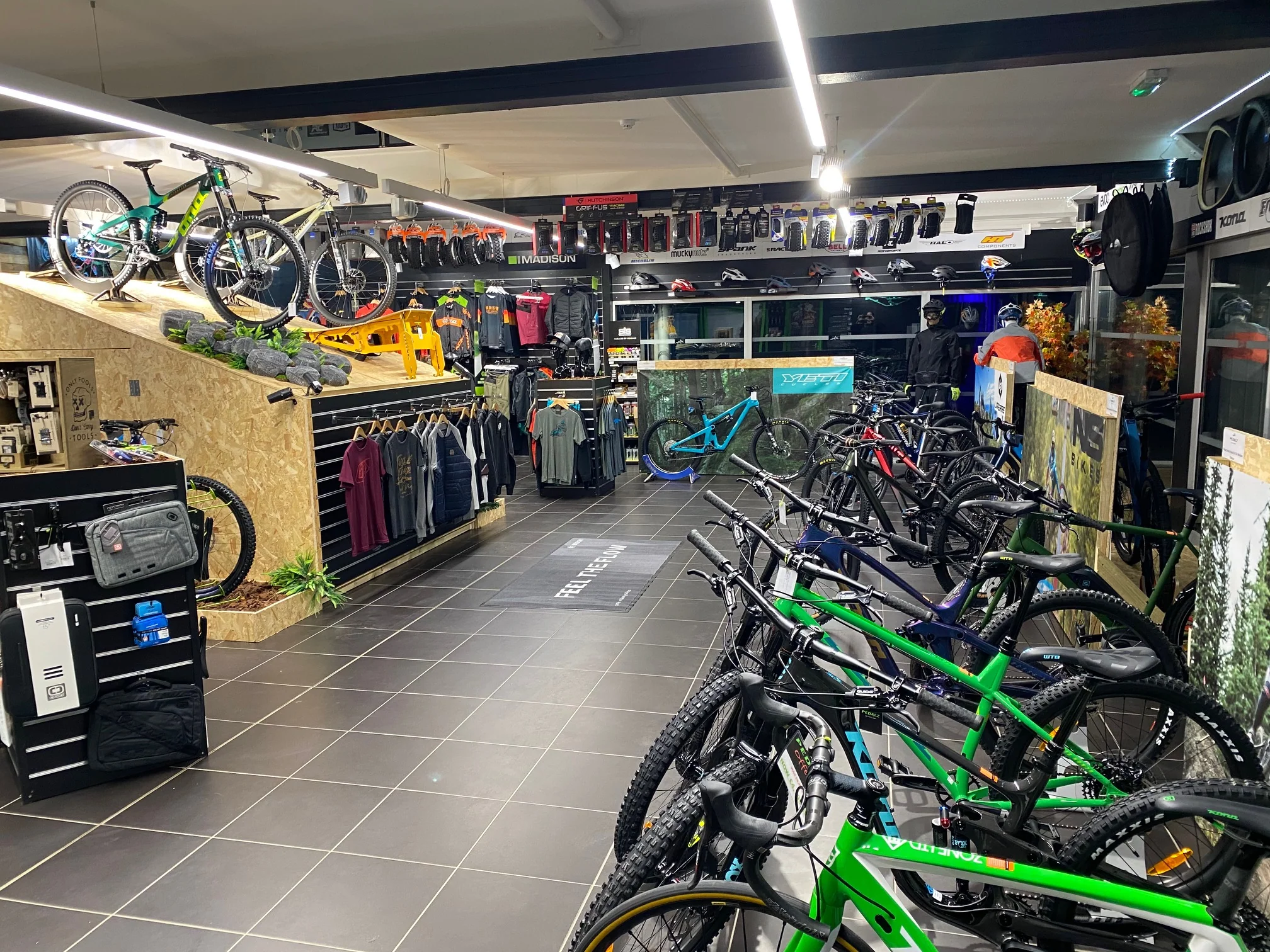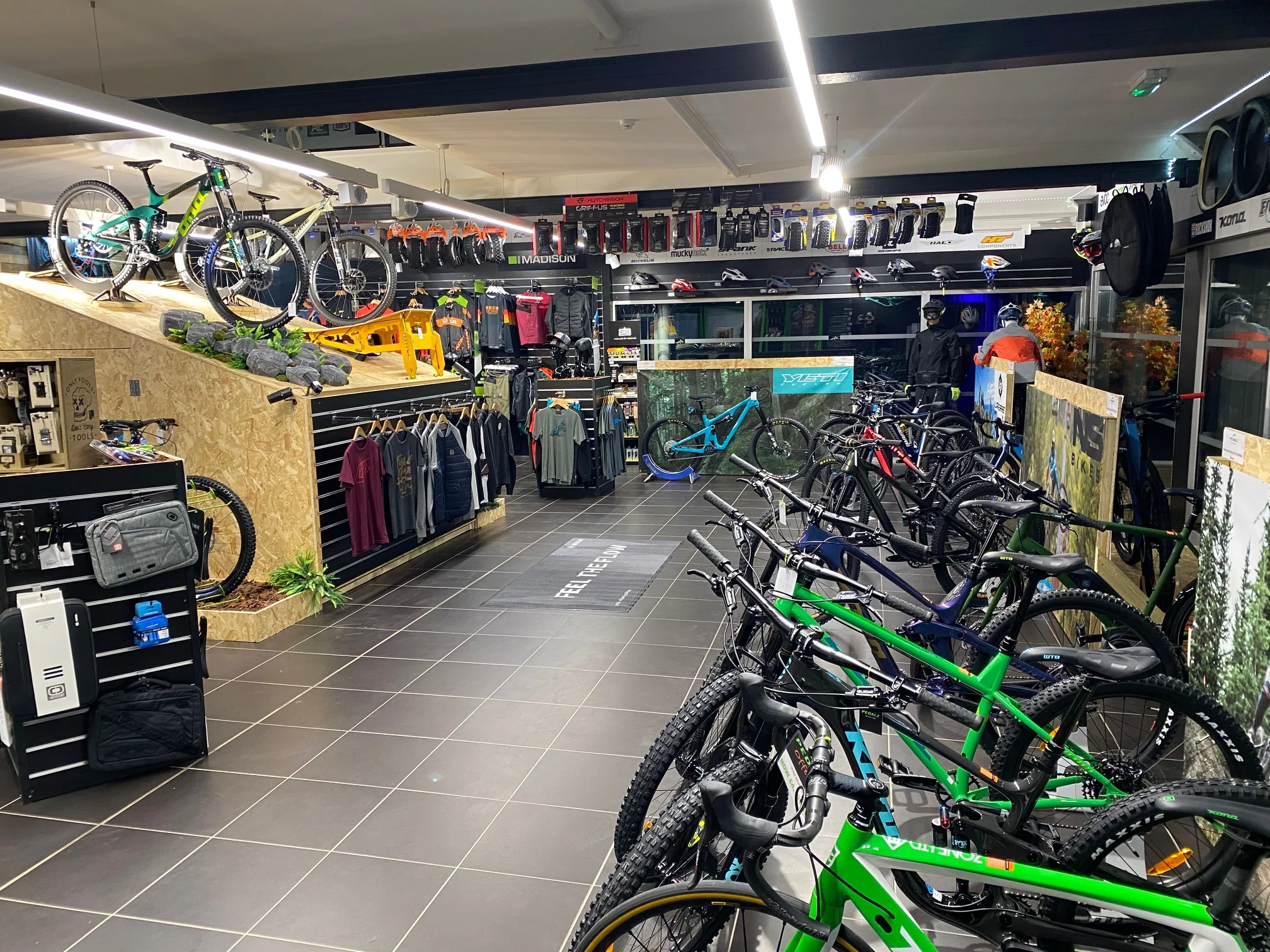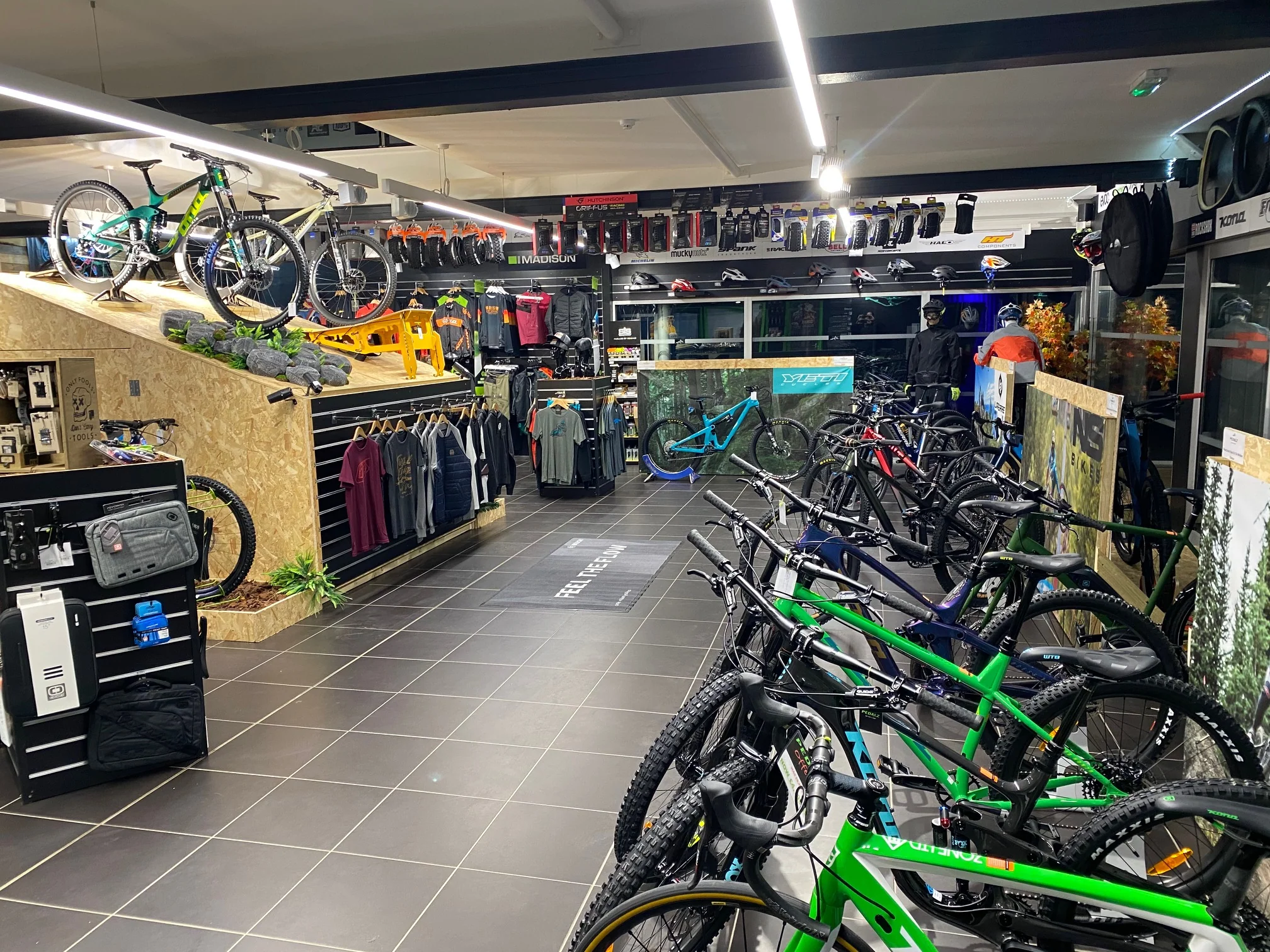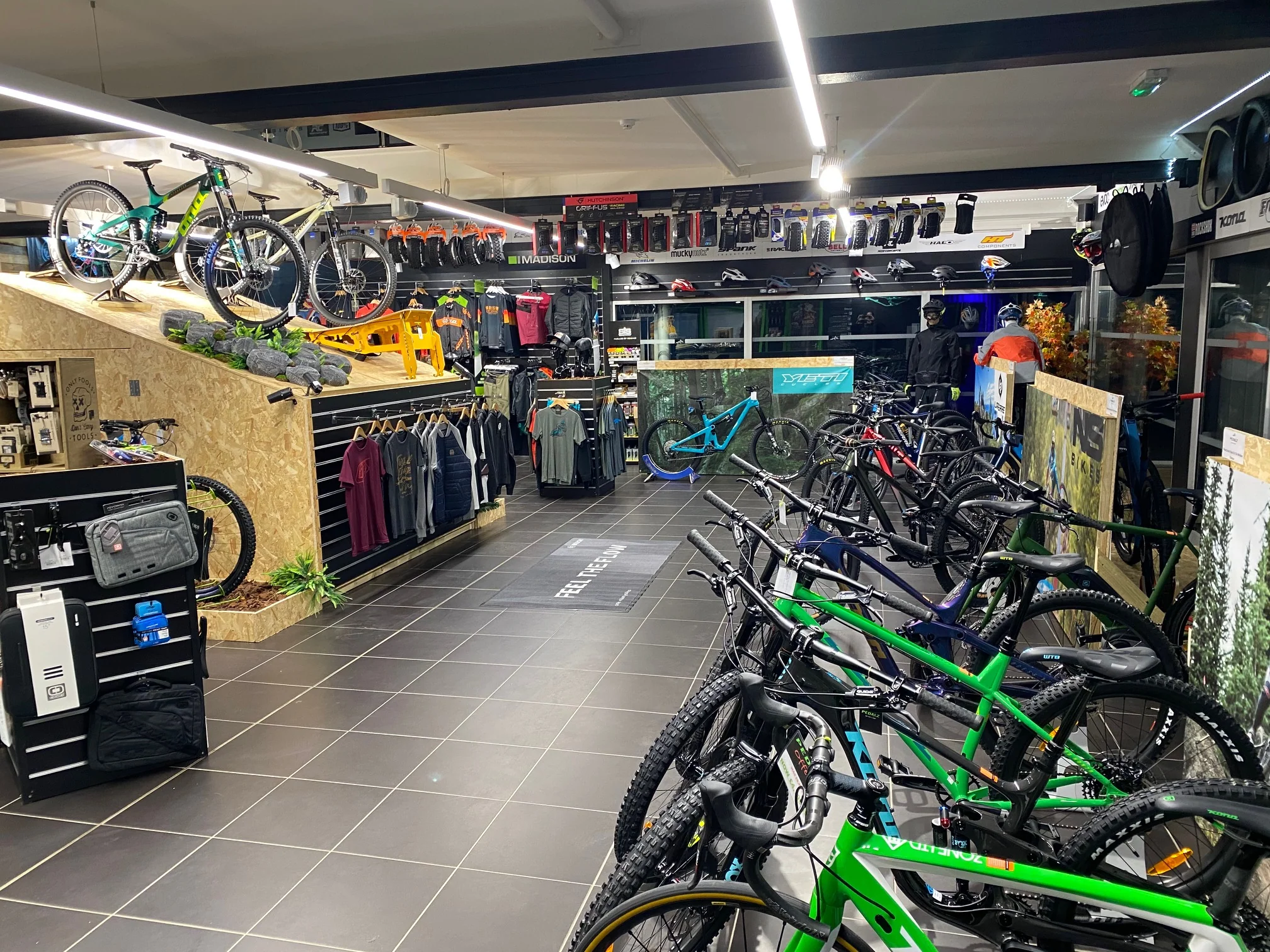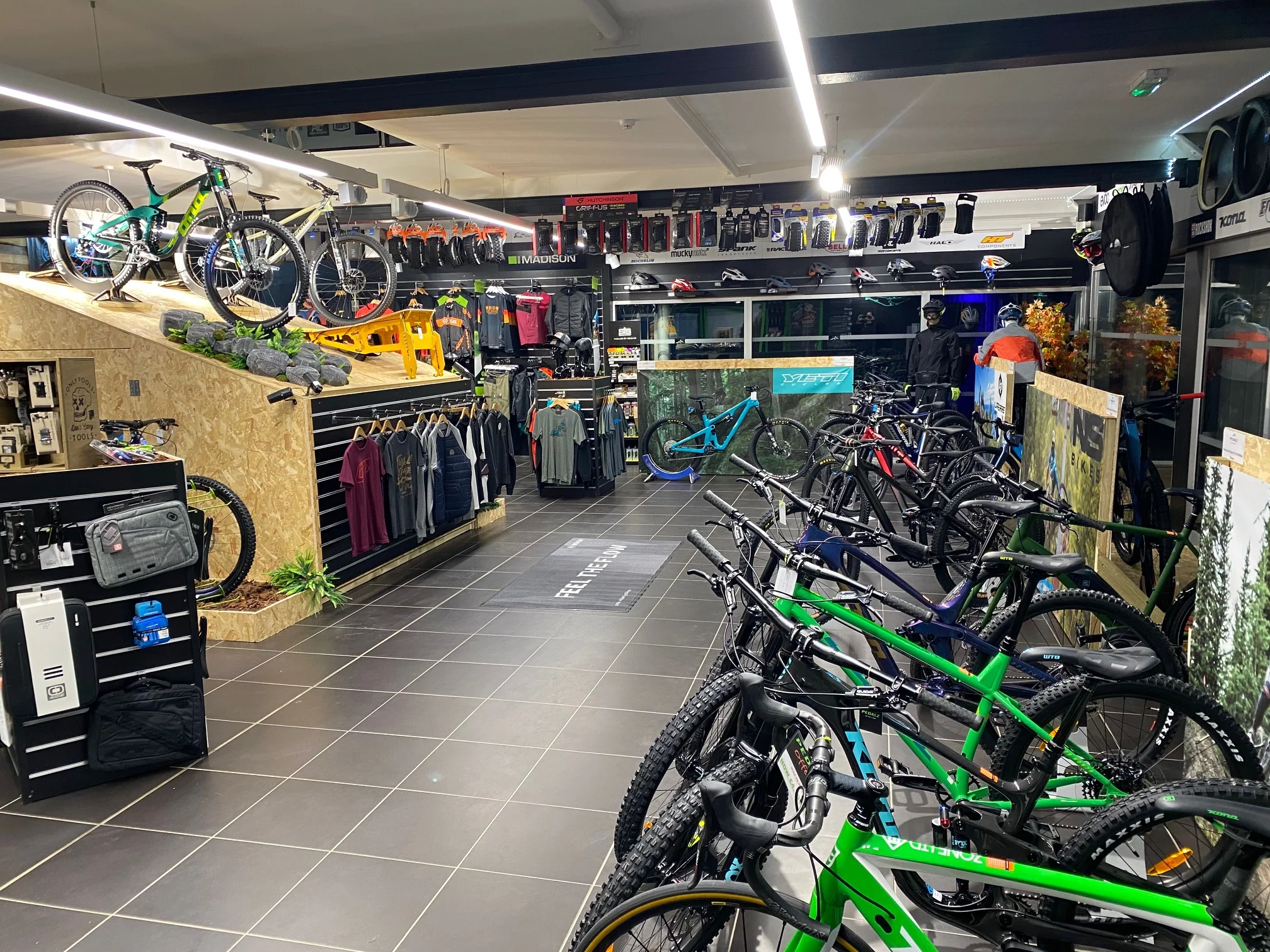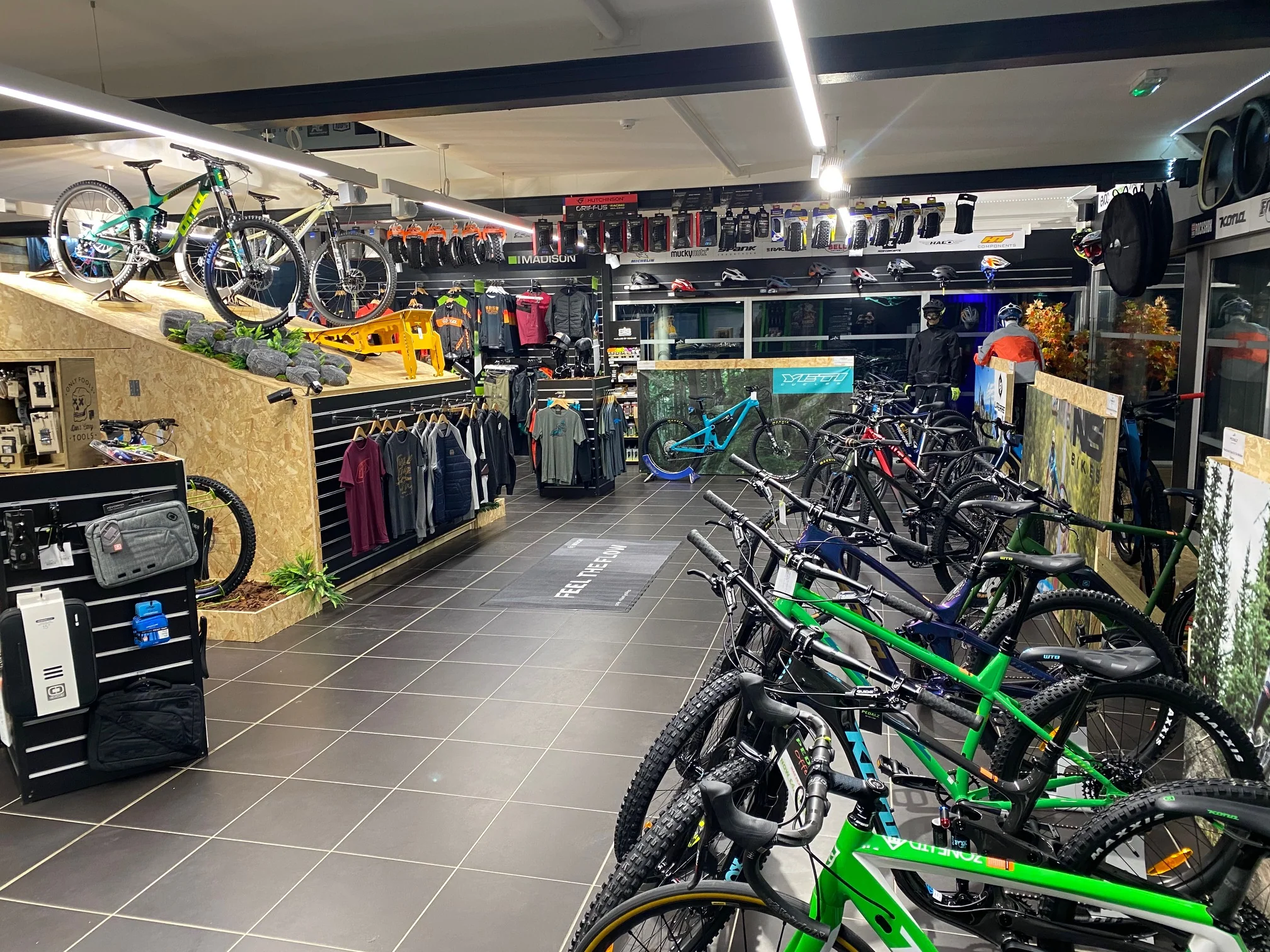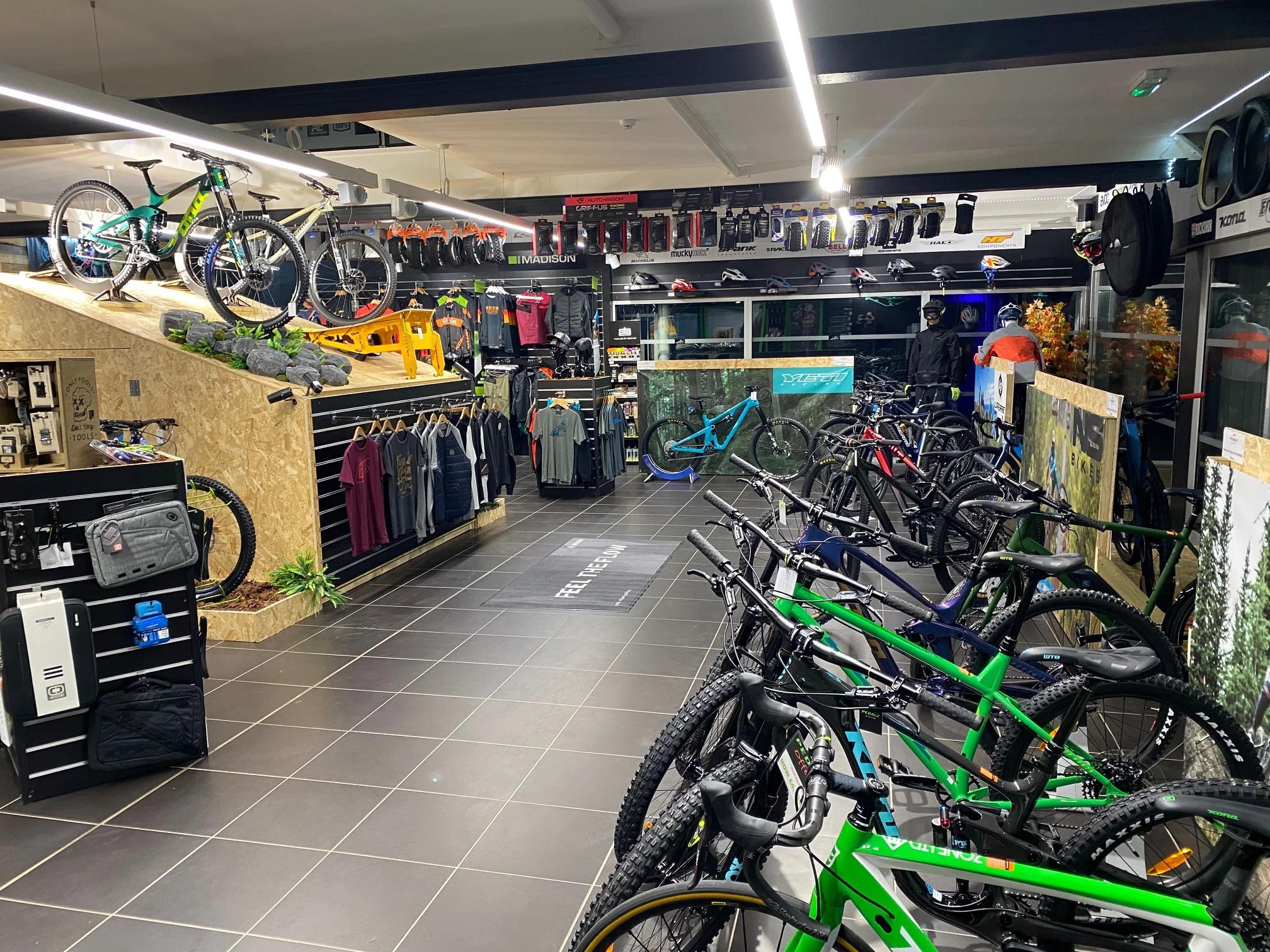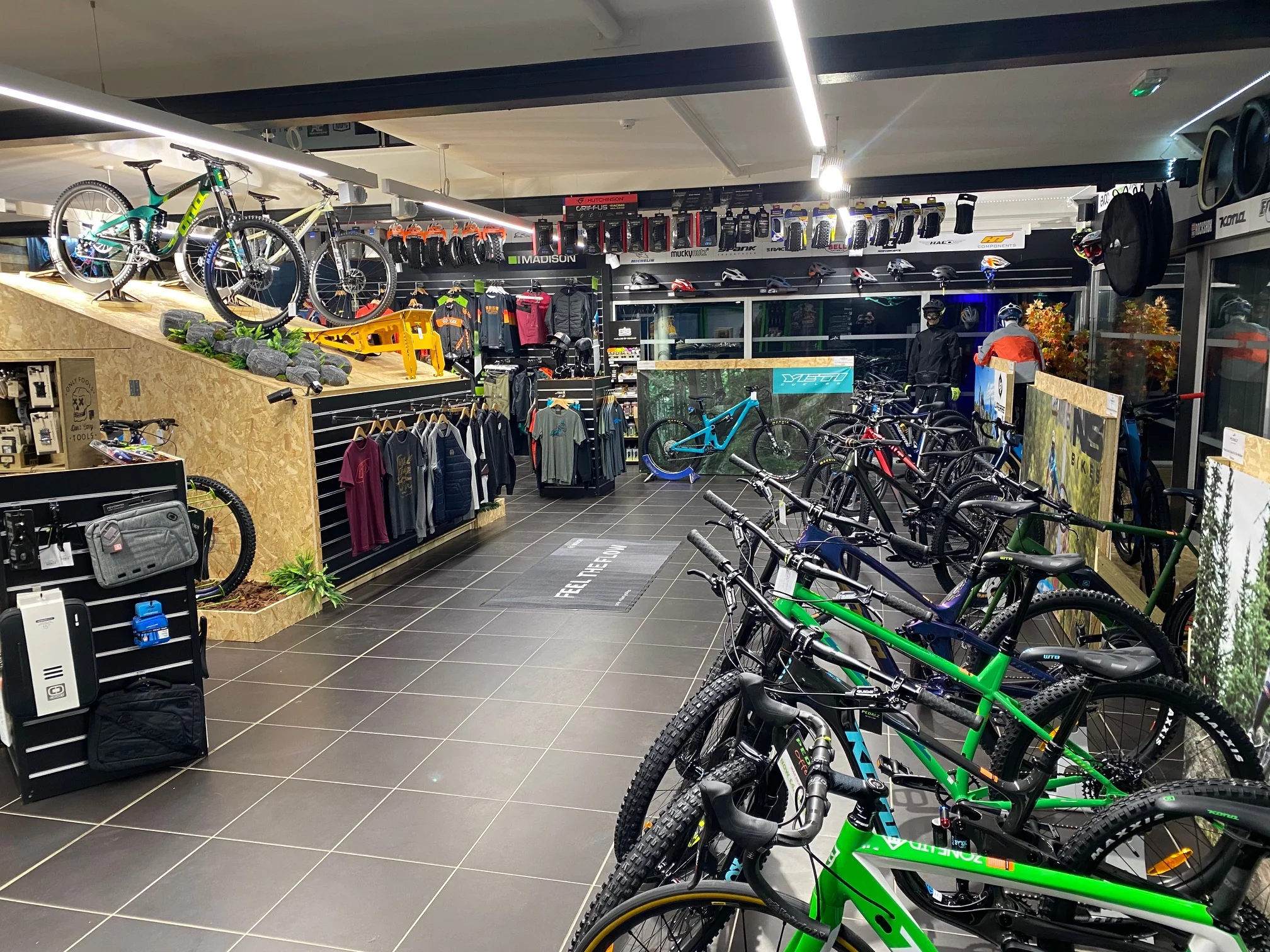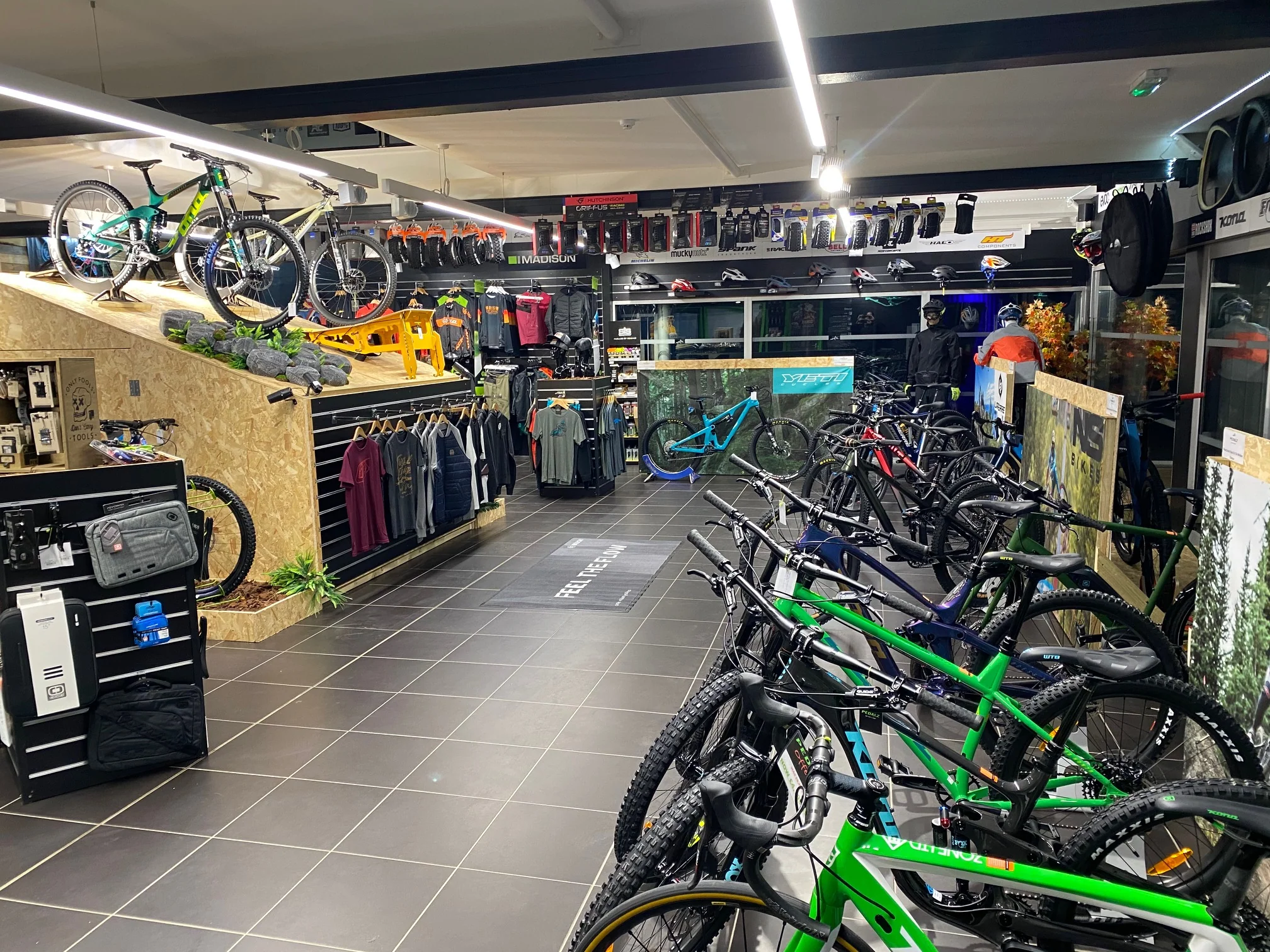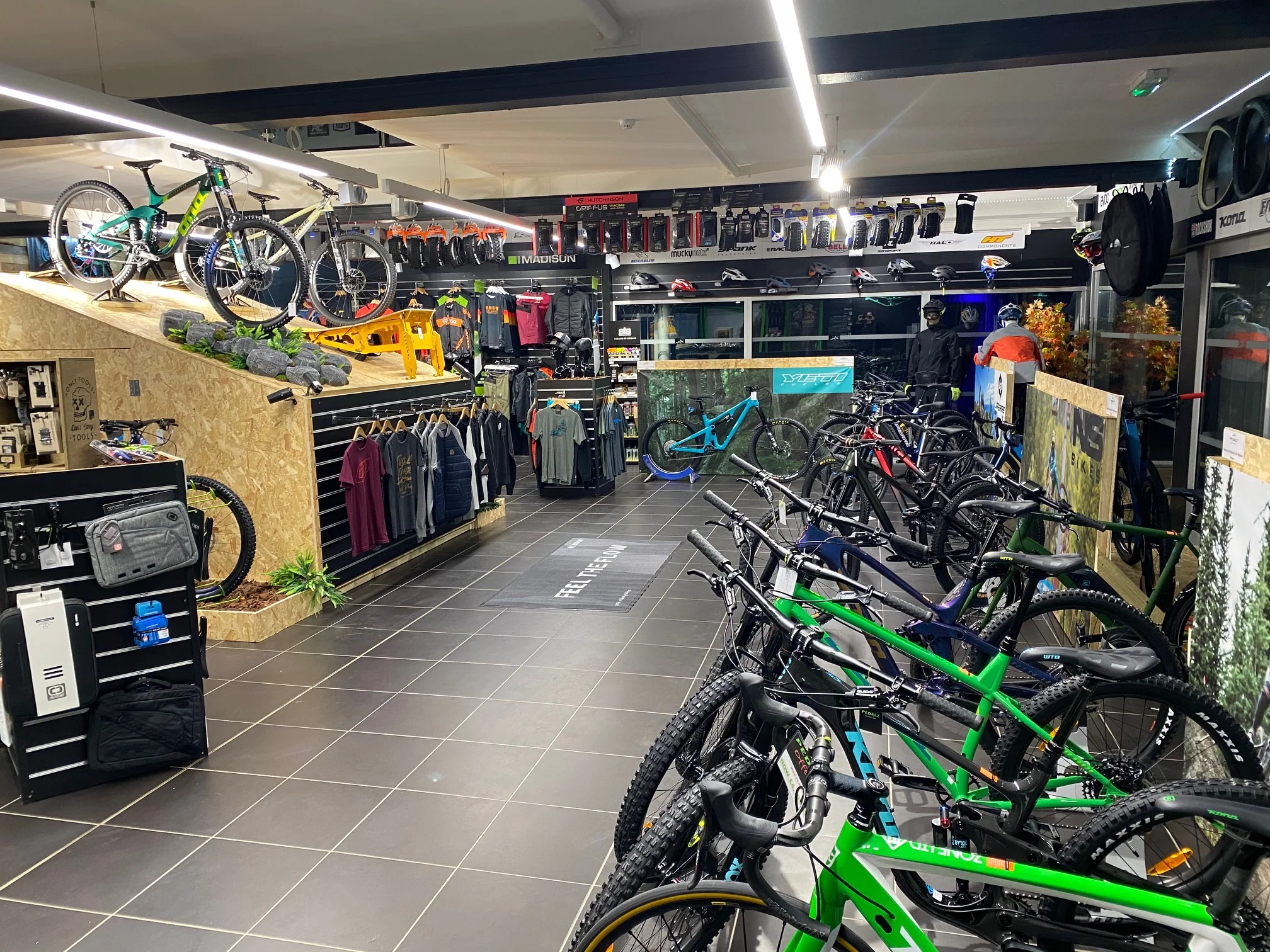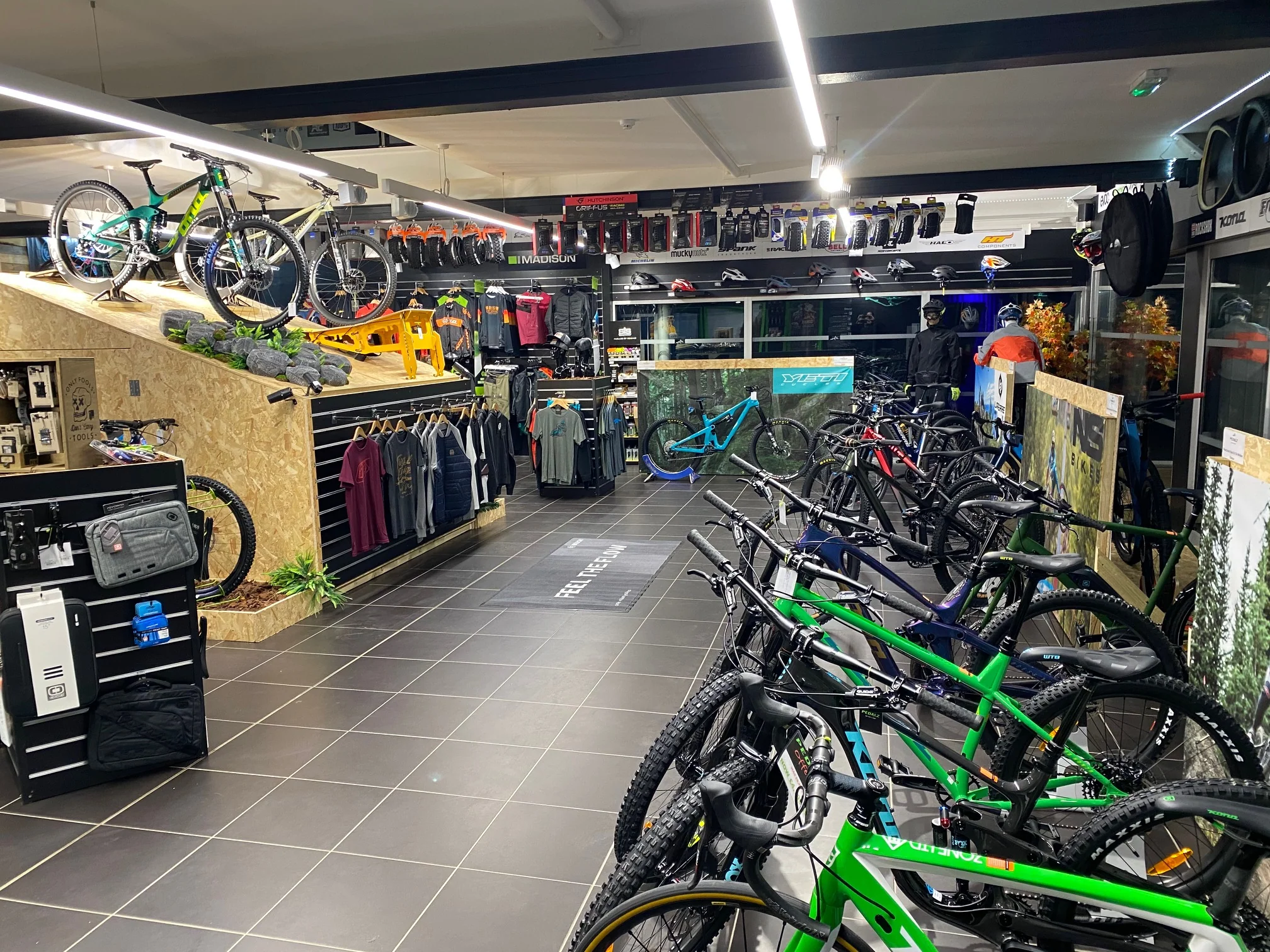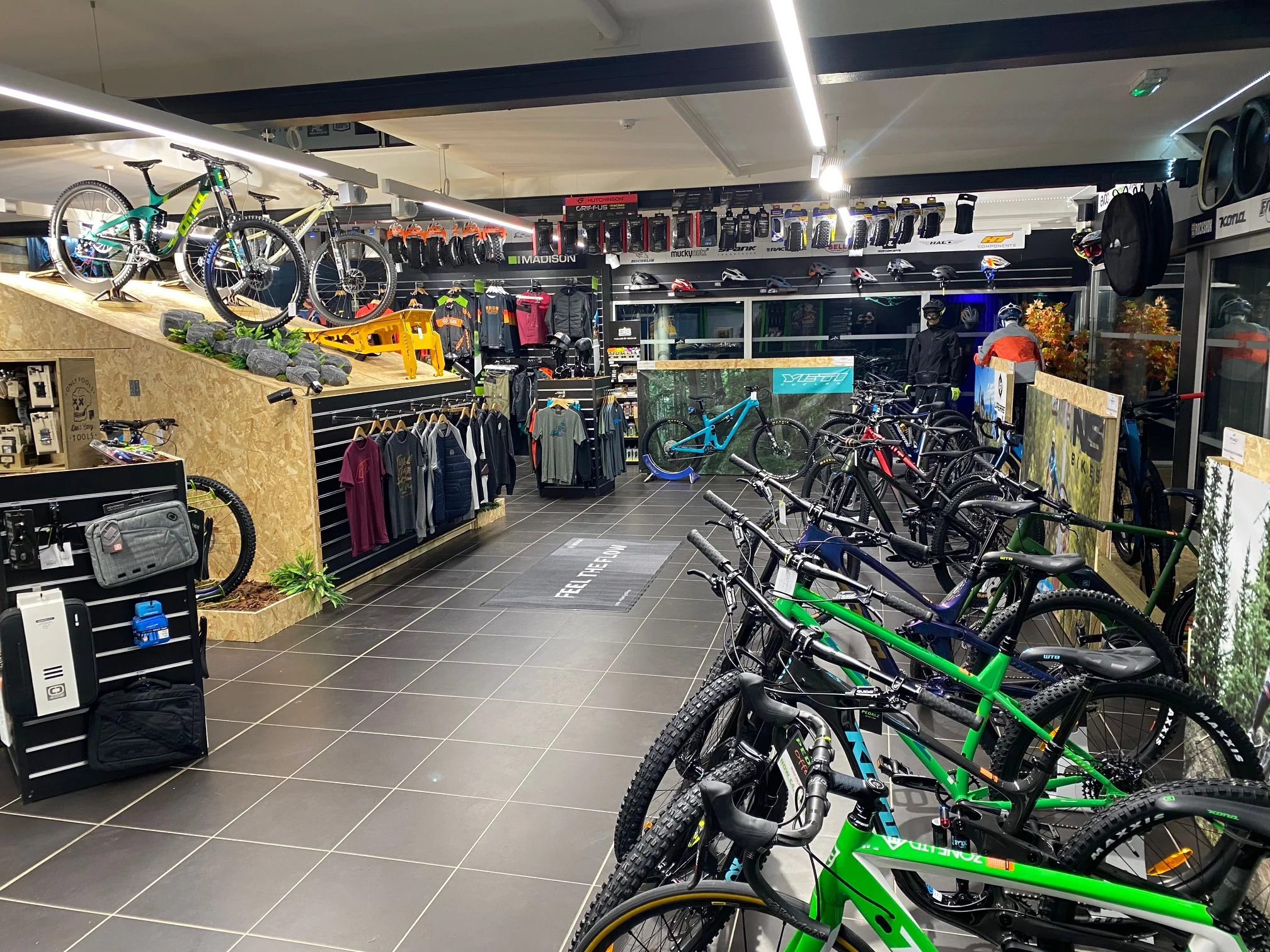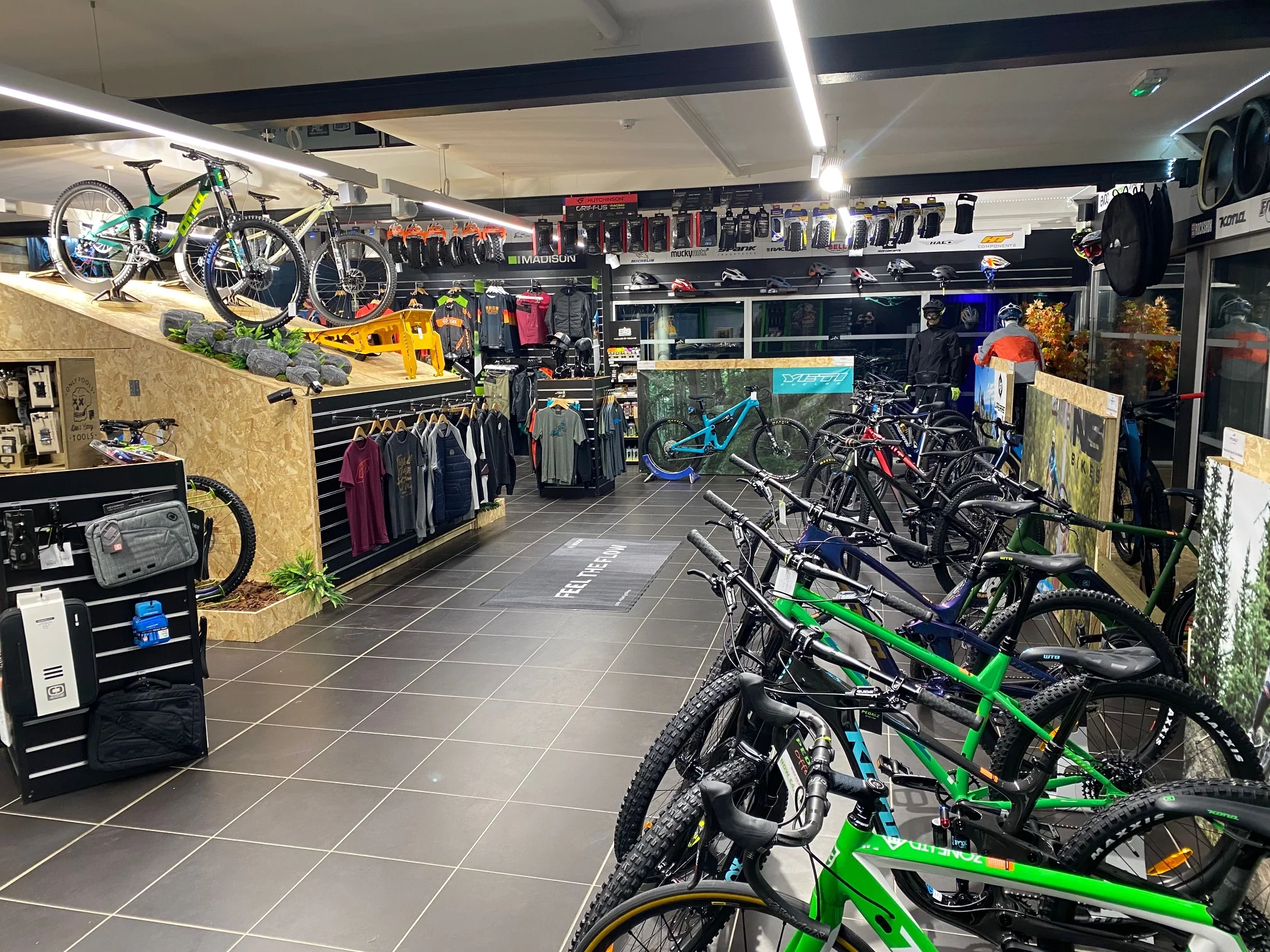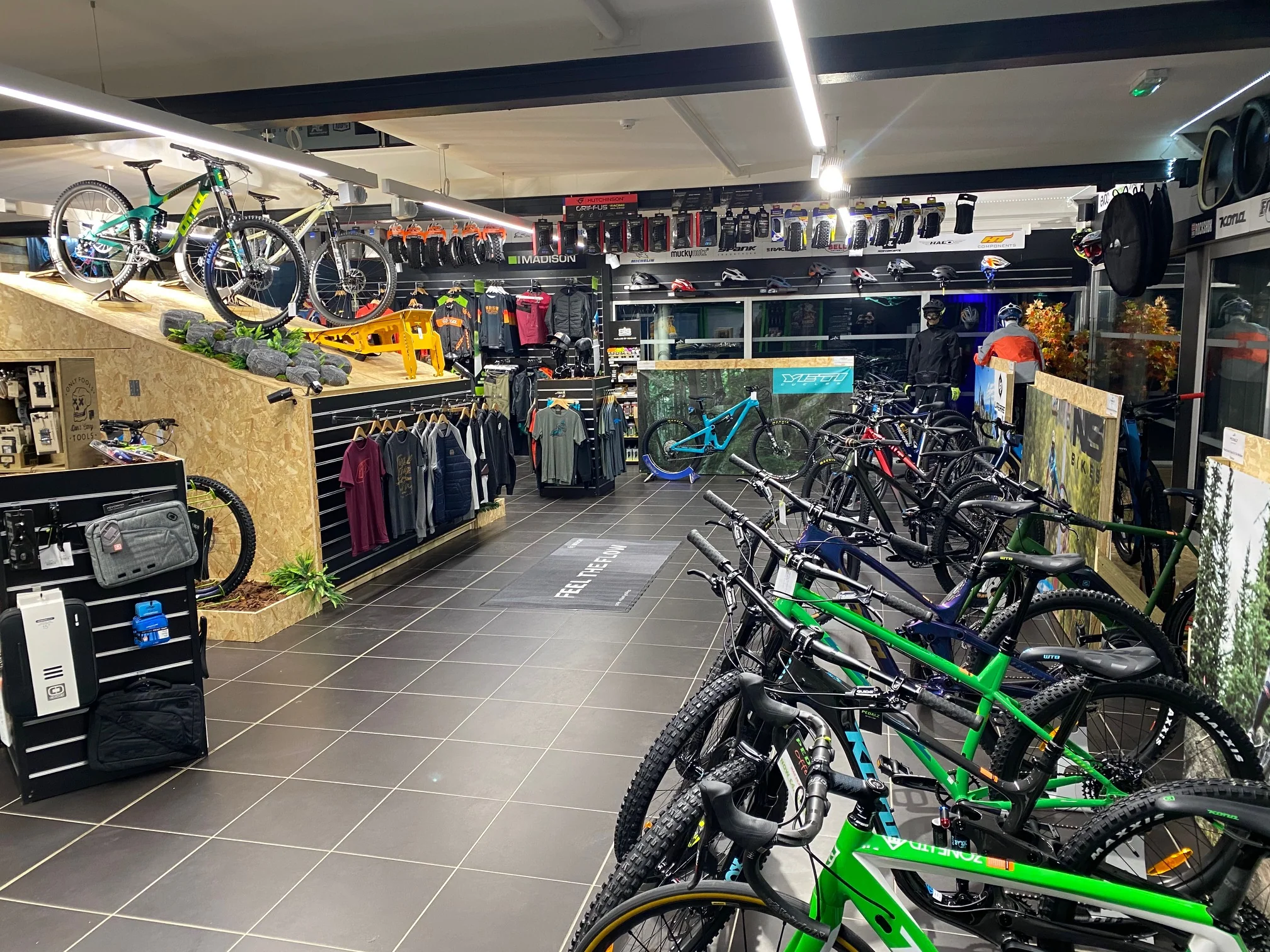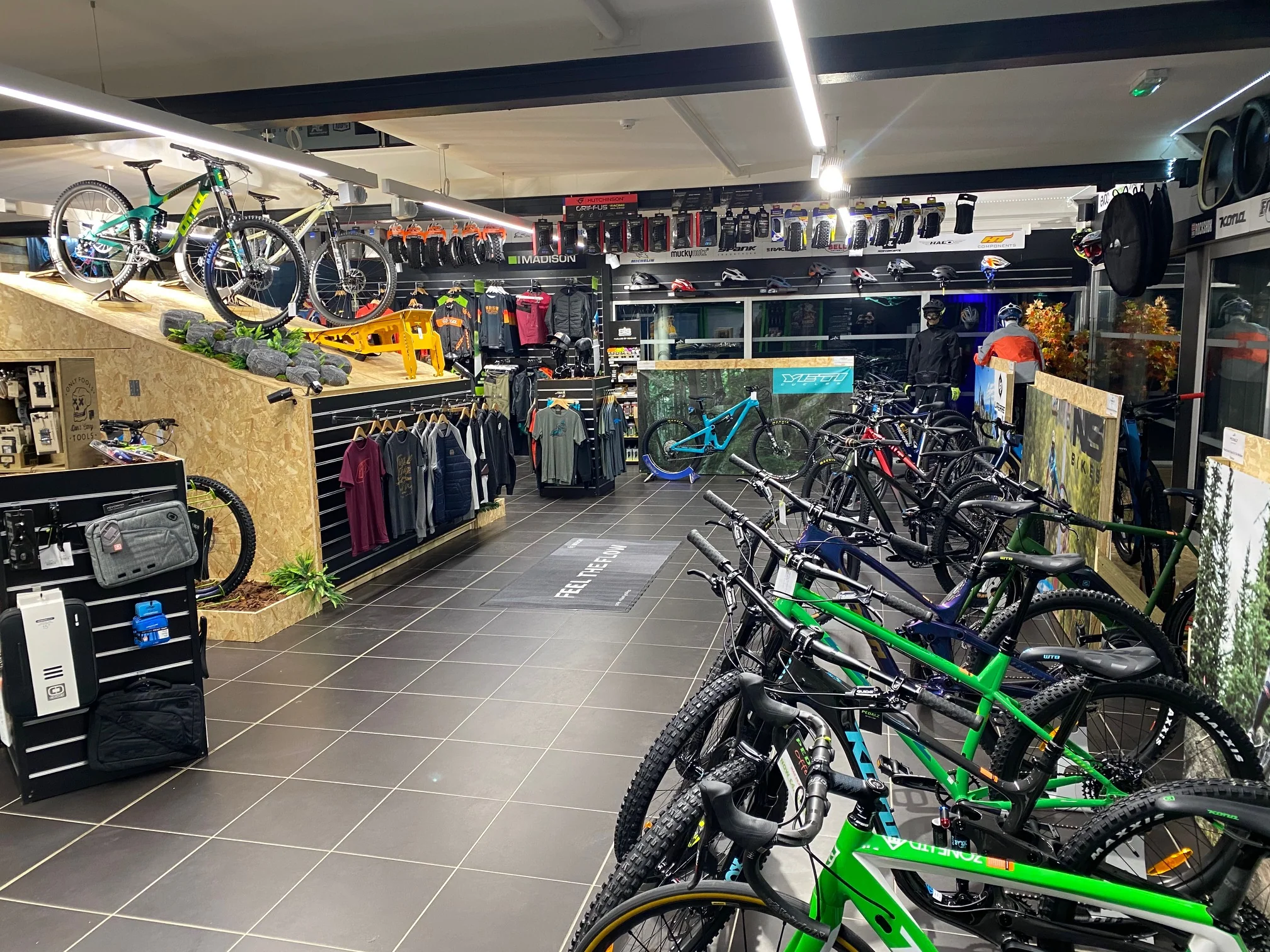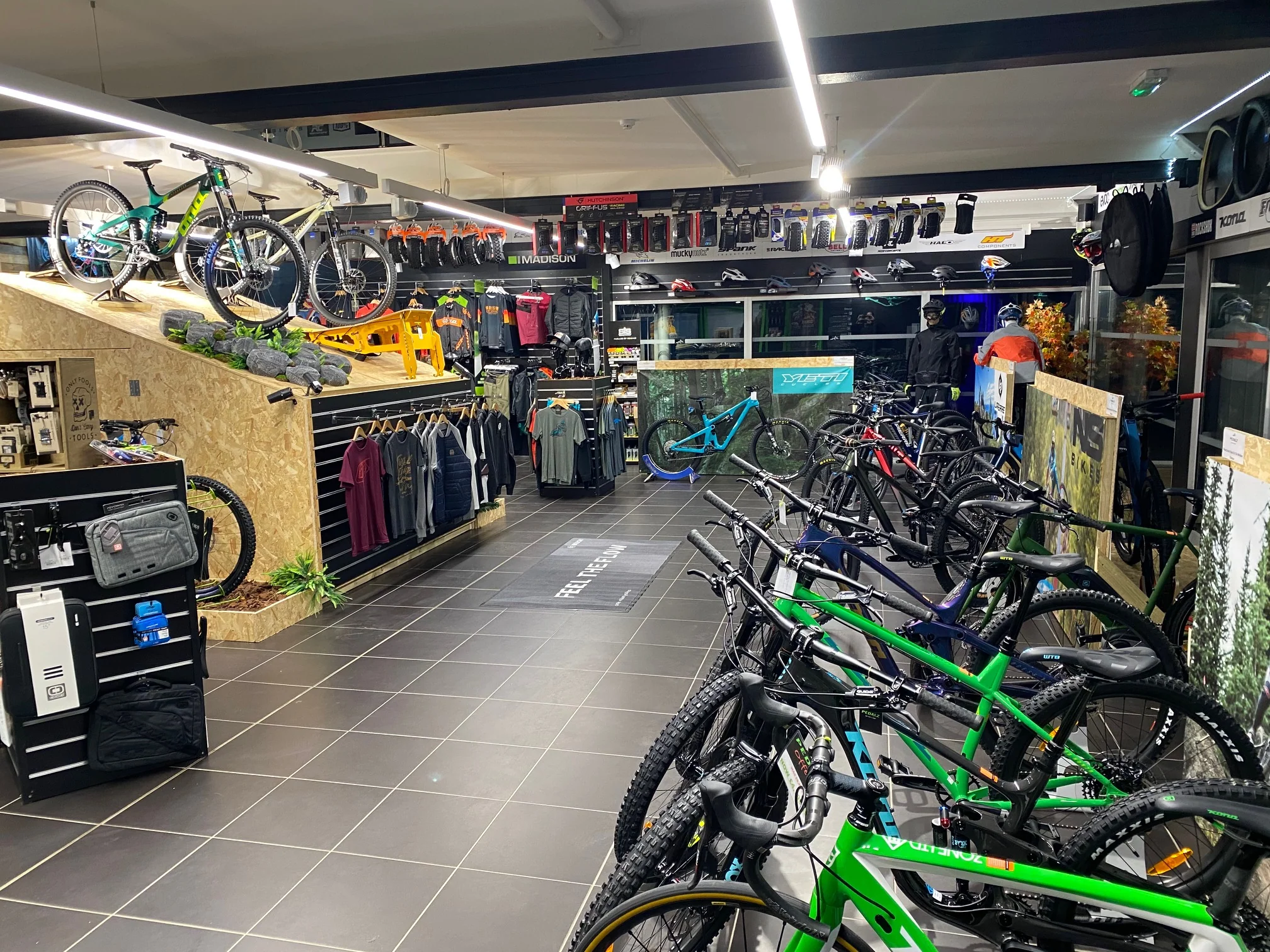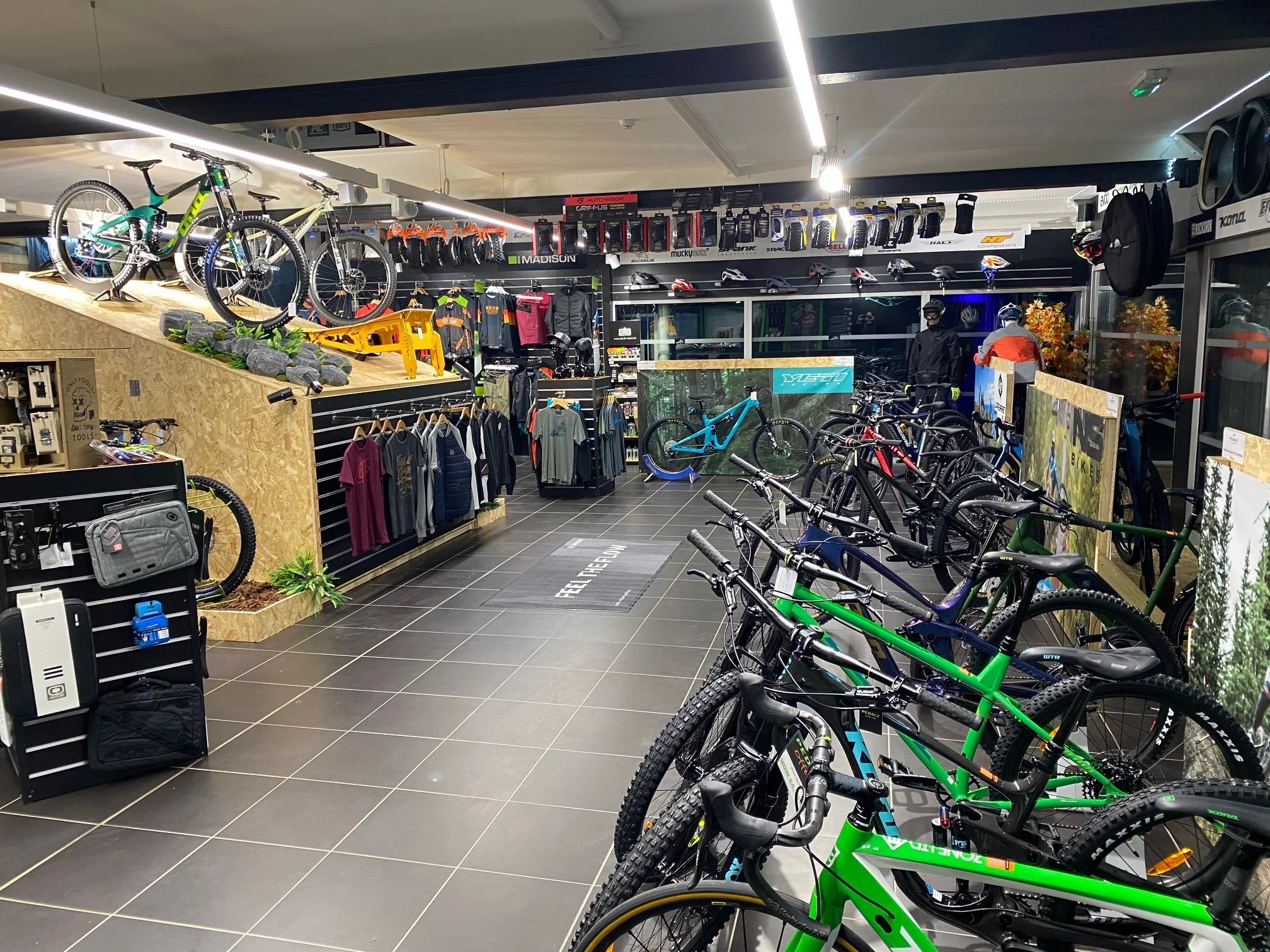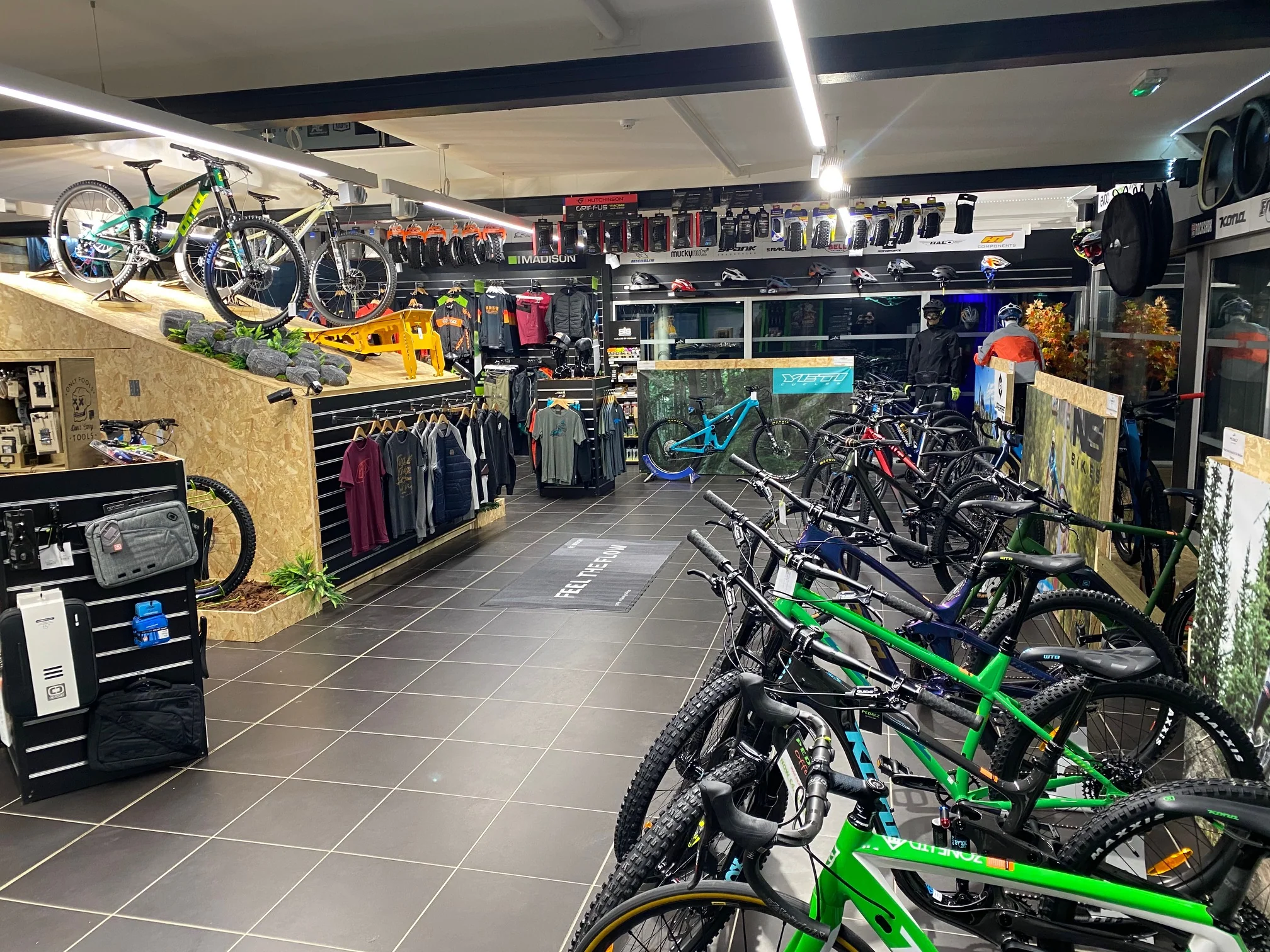Running a bicycle shop involves more than just selling bikes and accessories. From seasonal fluctuations to unexpected disruptions, bicy…
Bicycle Shop Public Liability Insurance: Customer Safety & Workshop Protection
Running a bicycle shop involves constant interaction with customers, handling expensive equipment, and providing various services from basic repairs to custom builds. While you focus on keeping cyclists safe on the road, public liability insurance ensures your business is protected when accidents happen in your shop or during your services.
What is Bicycle Shop Public Liability Insurance?
Public liability insurance for bicycle shops provides financial protection when your business is held legally responsible for injury to customers or damage to their property. This coverage is essential for any bicycle retailer, repair shop, or service provider who interacts with the public during business operations.
Unlike general business insurance, bicycle shop public liability insurance is specifically designed to address the unique risks faced by cycle retailers and repair specialists. From customer injuries during test rides to damage caused during repairs, this insurance provides the financial safety net your business needs.
Why Bicycle Shops Need Public Liability Insurance
The bicycle industry presents numerous liability risks that many shop owners don't fully consider. Customers regularly handle expensive equipment, test ride bicycles on your premises, and trust you with valuable bikes during repairs. A single accident or mistake could result in significant financial liability.
Consider the potential costs: a customer injury during a test ride could result in medical expenses and compensation claims reaching thousands of pounds. Damage to a high-end carbon fiber bike during repairs could cost several thousand to replace. Without proper insurance, these incidents could seriously impact your business finances or even force closure.
Many bicycle shops also provide mobile repair services, attend cycling events, or offer bike fitting services. Each of these activities extends your liability exposure beyond your shop premises, making comprehensive public liability coverage even more critical.
Common Public Liability Claims in Bicycle Shops
Understanding typical claims helps bicycle shop owners recognize their risk exposure and the importance of adequate coverage.
Customer injuries represent the most frequent type of claim. These can occur when customers test ride bicycles and fall due to mechanical issues, improper setup, or inadequate safety briefing. Injuries in the workshop area, such as cuts from tools or trips over equipment, also generate regular claims.
Property damage claims often involve customer bicycles damaged during repairs or servicing. High-end bikes can be worth several thousand pounds, making even minor damage expensive to rectify. Claims also arise from damage to customer property stored in your shop, such as helmets, clothing, or accessories.
Product-related incidents create another category of claims. If a bicycle or component you sold fails and causes injury or property damage, you could face liability claims. This includes issues with assembled bikes, fitted components, or recommended products that don't perform as expected.
Service-related claims occur when your repair work or advice leads to problems. Incorrectly fitted brakes, improperly adjusted gears, or faulty wheel builds that cause accidents can all result in significant liability claims against your business.
Coverage Areas and Protection
Bicycle shop public liability insurance typically covers legal liability for bodily injury to third parties and damage to third-party property. This includes customers, suppliers, delivery personnel, and members of the public who might be affected by your business operations.
The coverage extends to your business premises, including customer areas, workshops, and storage spaces. It also covers activities away from your shop, such as mobile repairs, event attendance, or delivery services. This comprehensive approach ensures protection wherever your business activities take place.
Legal defense costs are typically included in your coverage. Even if a claim against your business is ultimately unsuccessful, legal fees can be substantial. Your insurance will cover these costs, including solicitor fees, court costs, and expert witness expenses.
Most policies also include coverage for emergency first aid costs and damage to rented premises. If you need to provide immediate medical assistance to an injured customer, these costs are covered. Similarly, if your business operations cause damage to your rented shop premises, this protection applies.
Factors Affecting Premium Costs
Several factors influence the cost of public liability insurance for bicycle shops. Understanding these helps you make informed decisions about coverage levels and risk management.
Business size and turnover significantly impact premiums. Larger shops with higher customer volumes and greater sales typically face higher premiums due to increased exposure. However, the relationship isn't always linear, as established businesses often benefit from better rates due to proven track records.
The range of services you provide affects your premium. Basic retail operations carry different risks than full-service repair shops. Businesses offering specialized services like custom builds, bike fitting, or mobile repairs may face higher premiums due to increased liability exposure.
Your claims history plays a crucial role in premium calculations. Shops with previous claims typically face higher premiums, while those with clean records often qualify for no-claims discounts. This emphasizes the importance of effective risk management and safety procedures.
Location factors into premium calculations. Shops in busy urban areas with high foot traffic may face higher premiums than those in quieter locations. However, urban locations might also benefit from better emergency services access, which can influence risk assessments.
Coverage limits directly impact premiums. Higher coverage limits provide better protection but cost more. Most bicycle shops choose coverage between £1 million and £6 million, with £2 million being common for smaller operations.
Risk Management for Bicycle Shops
Effective risk management not only improves safety but can also help reduce insurance premiums and claims frequency. Implementing comprehensive safety procedures demonstrates your commitment to risk reduction.
Customer safety procedures should be clearly established and consistently followed. This includes proper safety briefings before test rides, ensuring customers wear appropriate safety equipment, and maintaining clear pathways in customer areas. Regular safety training for staff ensures everyone understands their role in maintaining a safe environment.
Workshop safety requires particular attention due to the tools and equipment involved. Proper tool storage, adequate lighting, and clear work areas reduce accident risks. Regular equipment maintenance and safety checks help prevent incidents caused by faulty tools or machinery.
Customer bicycle handling procedures should be documented and followed consistently. This includes proper lifting techniques, secure storage methods, and careful handling during repairs. Taking photographs of customer bikes before work begins can help resolve disputes about pre-existing damage.
Staff training is essential for effective risk management. All team members should understand safety procedures, proper customer interaction, and emergency response protocols. Regular training updates ensure knowledge stays current and new risks are addressed.
Choosing the Right Coverage Level
Selecting appropriate coverage levels requires careful consideration of your specific risks and potential claim costs. While higher coverage costs more, inadequate coverage could leave you financially exposed.
Consider the value of bicycles you typically handle. If you regularly work on high-end bikes worth several thousand pounds, your coverage should reflect these values. A single damaged bike could potentially exhaust lower coverage limits.
Think about your customer volume and the nature of your interactions. Busy shops with constant customer traffic face higher risks than quieter operations. Similarly, shops offering test rides or hands-on services need more comprehensive coverage than basic retail operations.
Consider your business growth plans. If you're planning to expand services, increase staff, or move to larger premises, ensure your coverage can accommodate these changes. It's often more cost-effective to purchase slightly higher coverage initially than to increase it frequently.
Review your coverage annually to ensure it remains appropriate. Changes in your business, the bicycle market, or legal requirements might necessitate coverage adjustments. Regular reviews help ensure you maintain optimal protection.
Legal Requirements and Compliance
While public liability insurance isn't legally required for all bicycle shops, certain circumstances make it mandatory. If you employ staff, you must have employers' liability insurance, and many insurers bundle this with public liability coverage.
Lease agreements commonly require public liability insurance. Most commercial landlords specify minimum coverage levels as a condition of tenancy. Failing to maintain required insurance could result in lease violations and potential eviction.
Professional memberships and trade associations often require public liability insurance. Organizations like the Association of Cycle Traders may specify minimum coverage levels for members. These requirements help maintain industry standards and protect consumers.
Some local authorities require public liability insurance for business licenses or permits. This is particularly relevant if you operate mobile services or attend public events. Check with your local council about specific requirements.
Claims Process and Support
Understanding the claims process helps ensure smooth resolution when incidents occur. Prompt and proper claim reporting is essential for successful outcomes.
Immediate response procedures should be clearly established. This includes ensuring injured parties receive appropriate medical attention, securing the scene to prevent further incidents, and documenting everything thoroughly. Taking photographs and gathering witness statements can be valuable for claim resolution.
Contact your insurance provider as soon as possible after an incident. Most insurers have 24-hour claim reporting services and can provide immediate guidance on next steps. Early involvement of your insurer often leads to better claim outcomes.
Cooperate fully with claim investigations. This includes providing requested documentation, allowing access to relevant records, and participating in interviews or meetings. Full cooperation helps ensure your coverage responds as intended.
Maintain detailed records of all incidents, even minor ones that don't initially seem to warrant claims. Sometimes injuries or damage become apparent later, and having comprehensive records supports your position.
Cost-Benefit Analysis
The cost of public liability insurance should be weighed against the potential financial impact of uninsured claims. For most bicycle shops, the annual premium represents a small fraction of potential claim costs.
Consider a typical scenario: a customer injured during a test ride requires medical treatment and time off work. The total cost including medical expenses, lost wages, and legal fees could easily reach £50,000 or more. Compare this to annual insurance premiums typically ranging from £200 to £1,000 for most bicycle shops.
The peace of mind factor shouldn't be underestimated. Knowing you have proper protection allows you to focus on running your business rather than worrying about potential liability issues. This confidence can actually improve customer service and business performance.
Insurance also provides professional claims handling services. Attempting to handle liability claims yourself could be time-consuming and stressful, potentially affecting your business operations. Professional claim handlers have the expertise to achieve optimal outcomes.
Industry-Specific Considerations
The bicycle industry has unique characteristics that affect public liability insurance needs. Understanding these helps ensure you have appropriate coverage for your specific situation.
Seasonal variations in business activity can affect risk exposure. Busy spring and summer periods typically see increased customer activity and higher accident risks. Some insurers offer seasonal rating adjustments to reflect these variations.
The growing popularity of electric bikes creates new liability considerations. E-bikes are heavier, faster, and more complex than traditional bicycles, potentially increasing injury severity and repair costs. Ensure your coverage adequately addresses these modern risks.
Online sales and delivery services extend your liability exposure beyond traditional shop operations. If you deliver bikes or provide mobile services, ensure your coverage includes these activities. Some policies require specific endorsements for off-premises operations.
The rise of bike-sharing schemes and rental services creates additional liability considerations for shops involved in these programs. Maintenance, inspection, and repair services for shared bikes may require specialized coverage provisions.
Future Considerations and Trends
The bicycle industry continues evolving, creating new risks and insurance considerations. Staying informed about these trends helps ensure your coverage remains relevant and adequate.
Technology integration in modern bicycles creates new liability exposures. GPS systems, electronic shifting, and integrated lighting systems add complexity that could lead to new types of claims. Ensure your coverage addresses these technological risks.
Environmental regulations affecting the bicycle industry might create new compliance requirements and associated liability risks. Stay informed about regulatory changes that could affect your business and insurance needs.
The growing focus on cycling infrastructure and safety creates both opportunities and challenges for bicycle shops. Increased cycling popularity brings more customers but also potentially more liability exposure.
Conclusion
Public liability insurance is an essential protection for bicycle shops, providing financial security against the various risks inherent in the industry. From customer injuries to property damage, the potential costs of uninsured claims far exceed the cost of comprehensive coverage.
The key to effective protection lies in understanding your specific risks, choosing appropriate coverage levels, and implementing strong risk management procedures. Regular review of your insurance needs ensures your protection keeps pace with your business development.
Don't let liability concerns limit your business potential. With proper public liability insurance, you can focus on what you do best – helping customers enjoy cycling safely while building a successful business.
For expert advice on bicycle shop public liability insurance tailored to your specific needs, contact our team at 0330 127 2333. We understand the unique challenges facing bicycle retailers and can help you find the right protection at competitive rates.


 0330 127 2333
0330 127 2333
